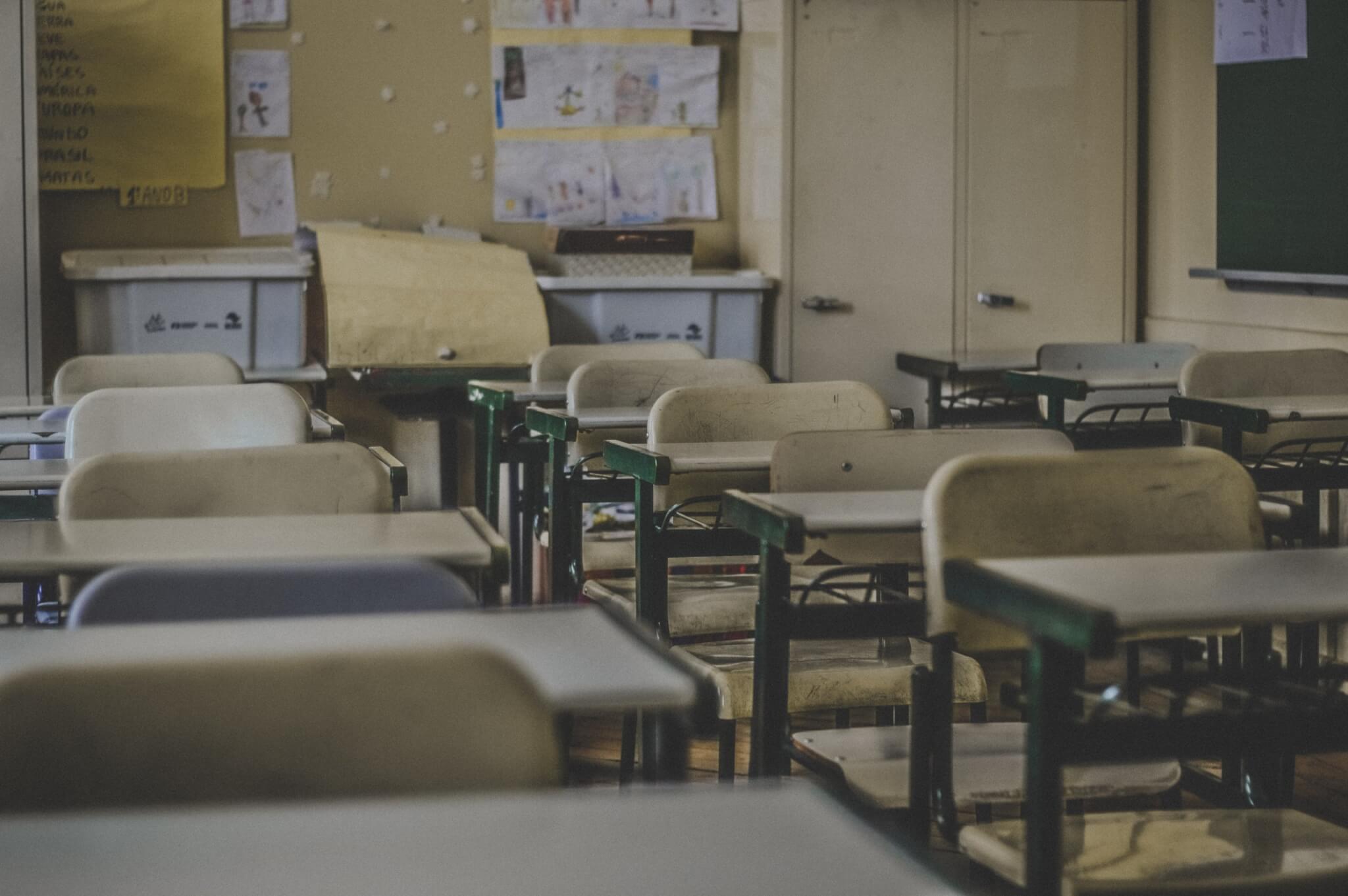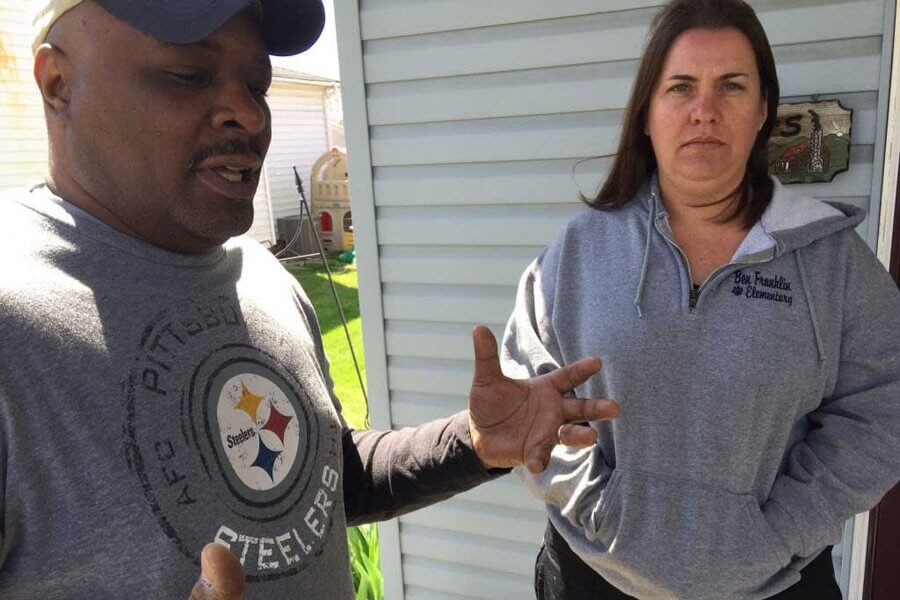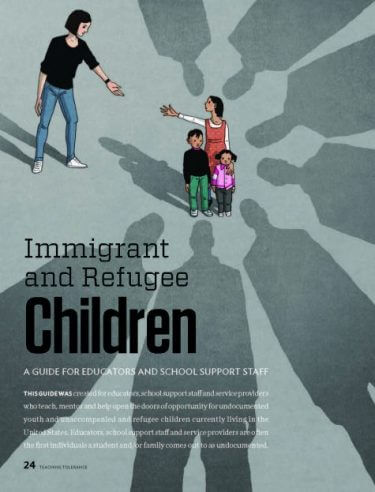COVID-19 and Student Performance, Equity, and U.S. Education Policy
By Emma García and Elaine Weiss
The COVID-19 pandemic is overwhelming the functioning and outcomes of education systems—some of which were already stressed in many respects. This is true across the world and affects all children, though to differing degrees depending on multiple factors—including the country/region where they live, as well as their ages, family backgrounds, and degree of access to some “substitute” educational opportunities during the pandemic. In early spring as the pandemic was hitting its first peak, the virus consigned nearly all of over 55 million U.S. school children under the age of 18 to staying in their homes, with 1.4 billion out of school or child care across the globe (NCES 2019a; U.S. Census Bureau 2019; Cluver et al. 2020). Not only did these children lack daily access to school and the basic supports schools provide for many students, but they also lost out on group activities, team sports, and recreational options such as pools and playgrounds (Read more).




